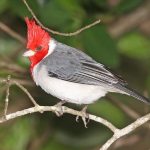Hawaii, a beautiful and diverse archipelago, is home to a wide array of unique species. Among these species are two endemic mammals – the Hawaiian Hoary Bat and the Hawaiian Monk Seal.
In this article, we will explore the meaning of “endemic” and the difference between “endemic” and “native” species. We will then delve into the habitat, diet, behaviors, conservation status, and distribution of these two fascinating creatures.
Lastly, we will mention a few other endemic species that, while not mammals, are worth noting due to their significance in Hawaii’s rich ecosystems.
Understanding Endemic and Native Species
The term “endemic” refers to a species that is naturally found only in a specific geographic region or habitat. In contrast, a “native” species is one that occurs naturally in a particular area but may also be found in other regions. Thus, endemic species are a subset of native species, characterized by their unique and limited distribution.
2 Mammals endemic to Hawaii
1. Hawaiian Hoary Bat
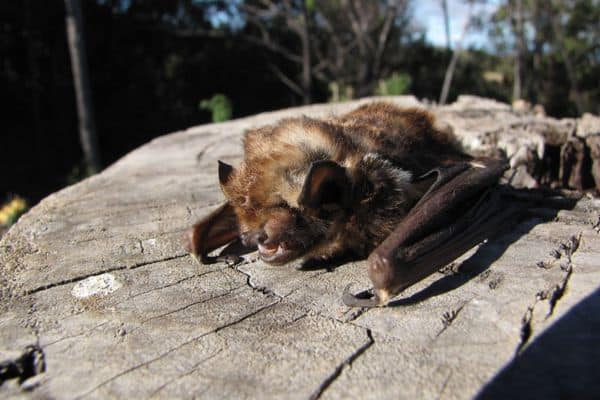
Scientific name: Lasiurus cinereus semotus
The Hawaiian Hoary Bat is the only native terrestrial mammal in Hawaii, inhabiting a variety of environments, from sea level to elevations of around 7,500 feet.
They are found in both native and non-native forests, roosting in trees during the day and foraging at night. This bat is an insectivore, feeding primarily on moths, beetles, and other flying insects.
Hawaiian Hoary Bats are solitary and nocturnal, with males and females maintaining separate territories. Mating occurs in late summer or early fall, and females give birth to one or two pups in spring.
The Hawaiian Hoary Bat is listed as an endangered species, with habitat loss, pesticides, and predation by non-native species posing significant threats to their survival. This bat is found on all the main Hawaiian Islands, including Kauai, Oahu, Molokai, Lanai, Maui, and Hawaii (the Big Island).
2. Hawaiian Monk Seal
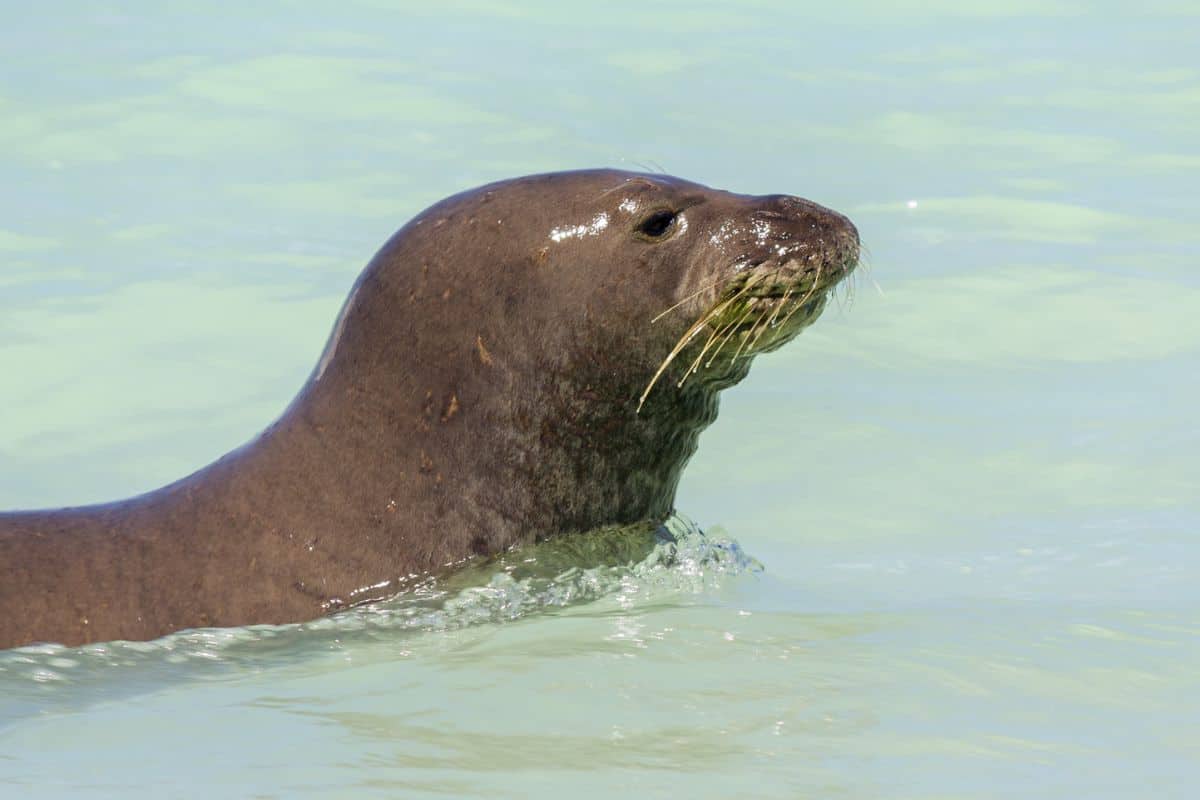
Scientific name: Neomonachus schauinslandi
The Hawaiian Monk Seal is an endemic marine mammal found in the Hawaiian Islands. Their habitat consists of sandy beaches, coral reefs, and atolls, where they haul out to rest and give birth.
They primarily feed on fish, cephalopods, and crustaceans. Hawaiian Monk Seals are generally solitary, with the exception of mothers and their pups.
Mating typically occurs in the water, and females give birth to a single pup once a year. The Hawaiian Monk Seal is one of the most endangered marine mammals in the world, with only around 1,400 individuals remaining.
Human disturbance, entanglement in fishing gear, and habitat loss are the main threats to their survival. These seals are found throughout the Northwestern Hawaiian Islands and have been sighted occasionally around the main Hawaiian Islands.
Other Notable Endemic Species in Hawaii
While this article focuses on endemic mammals, Hawaii is home to a plethora of unique flora and fauna. Some other noteworthy endemic species include:
- Hawaiian Honeycreepers (Drepanidinae) – A diverse group of birds with a wide range of colors, sizes, and bill shapes, adapted to various ecological niches.
- Happy Face Spider (Theridion grallator) – A small, brightly colored spider with a distinctive pattern resembling a smiling face on its abdomen.
- Silverswords (Argyroxiphium spp.) – A group of plants found only in Hawaii, characterized by their striking silver foliage and rosette growth form.
These and many other endemic species make Hawaii a truly unique and biodiverse location, showcasing the importance of conservation efforts to protect these irreplaceable treasures.
Conservation Efforts and Future Outlook
Protecting Hawaii’s endemic species is crucial for preserving the unique biodiversity of the islands. Several conservation efforts are underway to ensure the survival of these species, including habitat restoration, captive breeding programs, and public education campaigns.
Hawaiian Hoary Bat
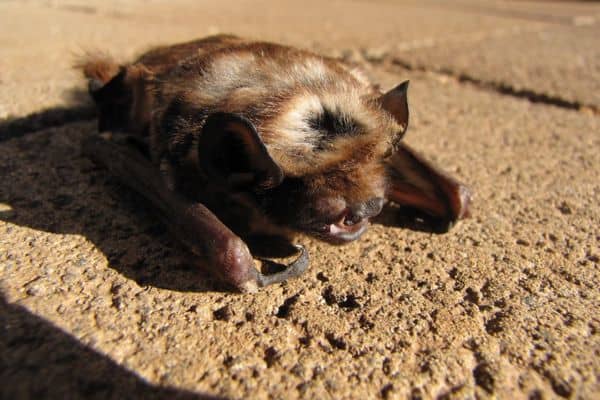
For the Hawaiian Hoary Bat, efforts are being made to protect and restore native forests, minimize pesticide exposure, and develop guidelines to minimize the impact of wind energy development on bat populations.
Researchers are also working to gain a better understanding of the bat’s ecology and behavior, which will help inform future conservation strategies.
Hawaiian Monk Seal
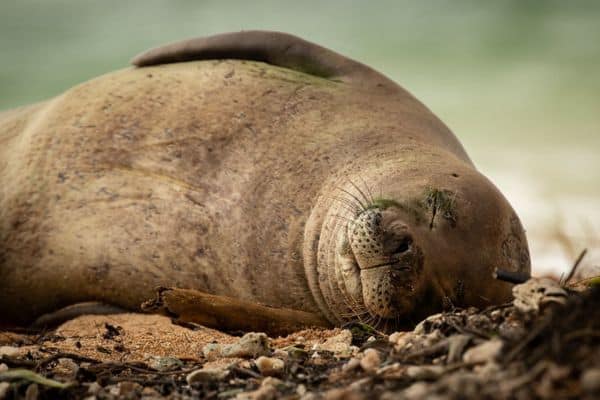
The Hawaiian Monk Seal population is being monitored closely by the National Oceanic and Atmospheric Administration (NOAA) and other organizations, who work to rehabilitate injured seals and reintroduce them to the wild.
Efforts are also being made to reduce human disturbance in breeding and resting areas, as well as to remove marine debris that poses a threat to the seals.
Public education campaigns are raising awareness about the plight of the Hawaiian Monk Seal and encouraging responsible behavior around these vulnerable animals.
Other efforts
In addition to these efforts for endemic mammals, numerous programs and initiatives are focused on preserving Hawaii’s overall biodiversity. These include invasive species control, habitat restoration, and the establishment of protected areas.
The future of Hawaii’s endemic species depends on continued conservation efforts, scientific research, and public engagement. By working together, we can help ensure that the Hawaiian Islands remain a unique and biodiverse treasure for generations to come.



